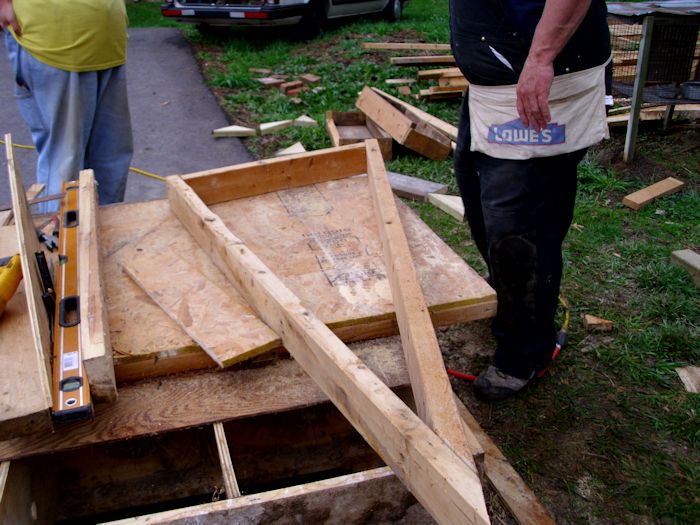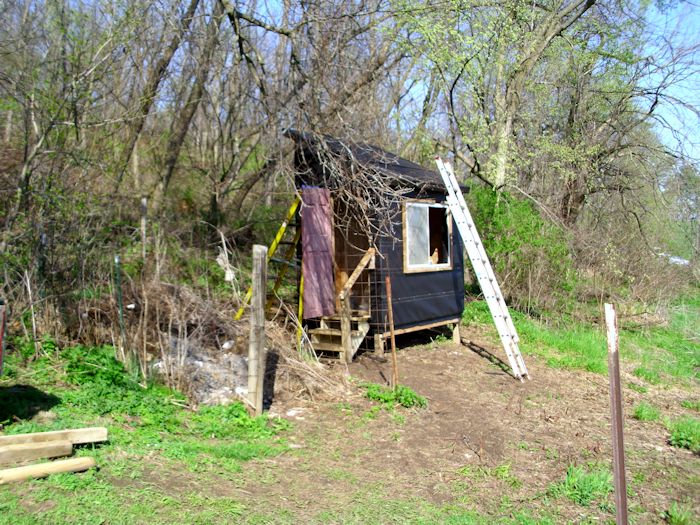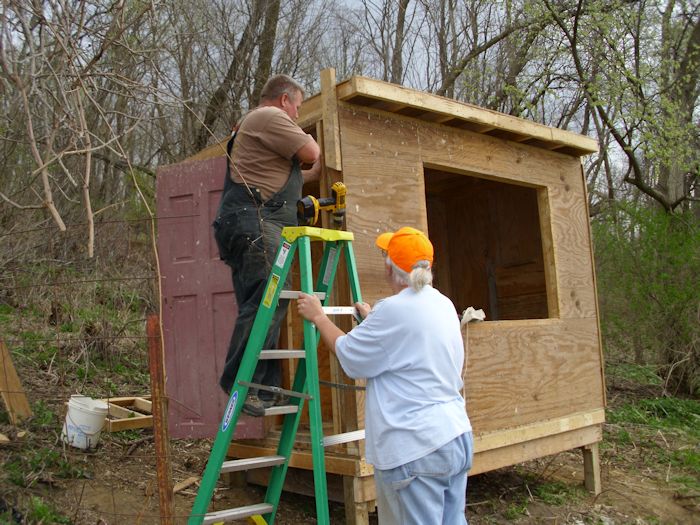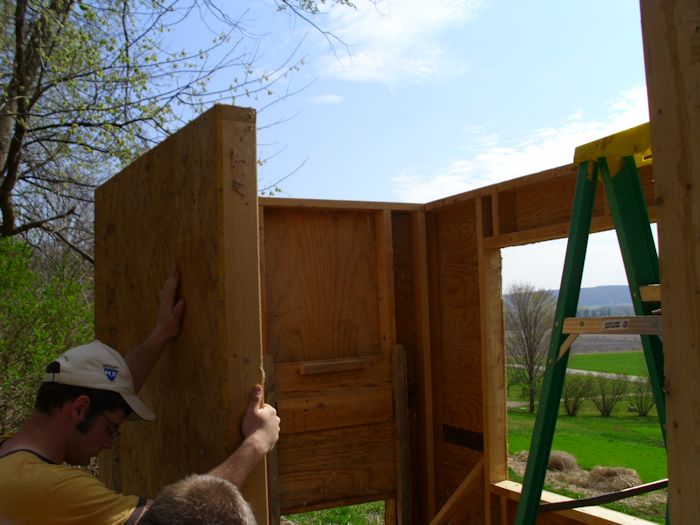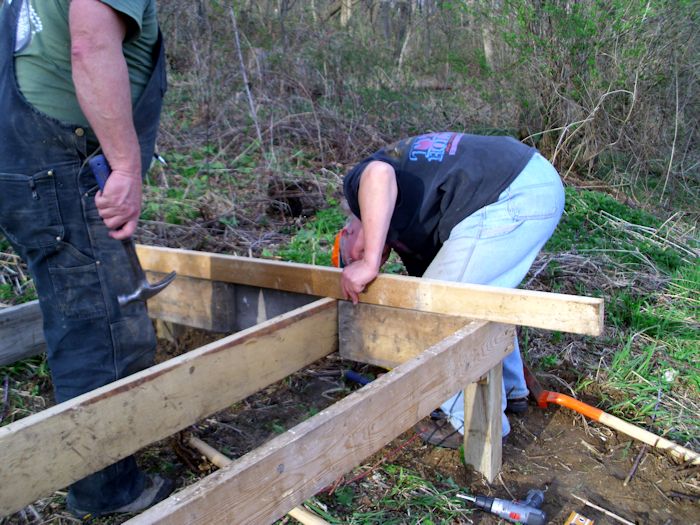One of the things I’ve been curious about lately is how much of a role technology plays in current self-sufficiency efforts. For example, there has been a strong emphasis on heirloom (heritage) plants and animals, rather than using plants and animals that science has helped to produce, because these older varieties offer things that modern science can’t. For many people, the main reason to rely on heirloom varieties is that they always produce the same thing. If you plant an heirloom seed, you get the expected plant, rather than something mysterious that results from hybridization. Of course, there are people of the opposite persuasion who feel that that older varieties lack the benefits that science can provide, such as increased yield or better taste.
Technology also affects technique. Some people eschew modern machines and do all of the work required to meet their self-sufficiency requirements by hand. The benefits are that the carbon footprint of such efforts is incredibly small, costs are low, and the results often better. Using technology makes things faster and easier. Just how much technology you use depends on the size of your work area and the results you expect. Many people use a combination of hand and machine techniques.
Most people recognize that the use or lack of technology has a significant impact on the outcome of self-sufficiency efforts. In addition, the choices we make affect our neighbors and the planet to some degree. Choosing the best options for one scenario often lead to problems in another. That’s why there is growing debate over just how much technology is good for those who engage in self-sufficiency as I do. I’m constantly looking for a better answer—one that produces good results with a minimum of effort, but is also good for the planet.
The question that I have pondered most as of late is how technology affects the presentation of information. The problem for anyone writing about self-sufficiency is that no one really knows for sure just how people get self-sufficiency information. For example, do you rely heavily on questions you ask online to obtain information? Would you purchase e-books instead of the paper variety in order to reduce the cost of the information, while also reducing the effects of producing paper on the planet? In order to do a good job of providing information to you, I need to know how you communicate. Let me know your ideas on the topic at [email protected].



